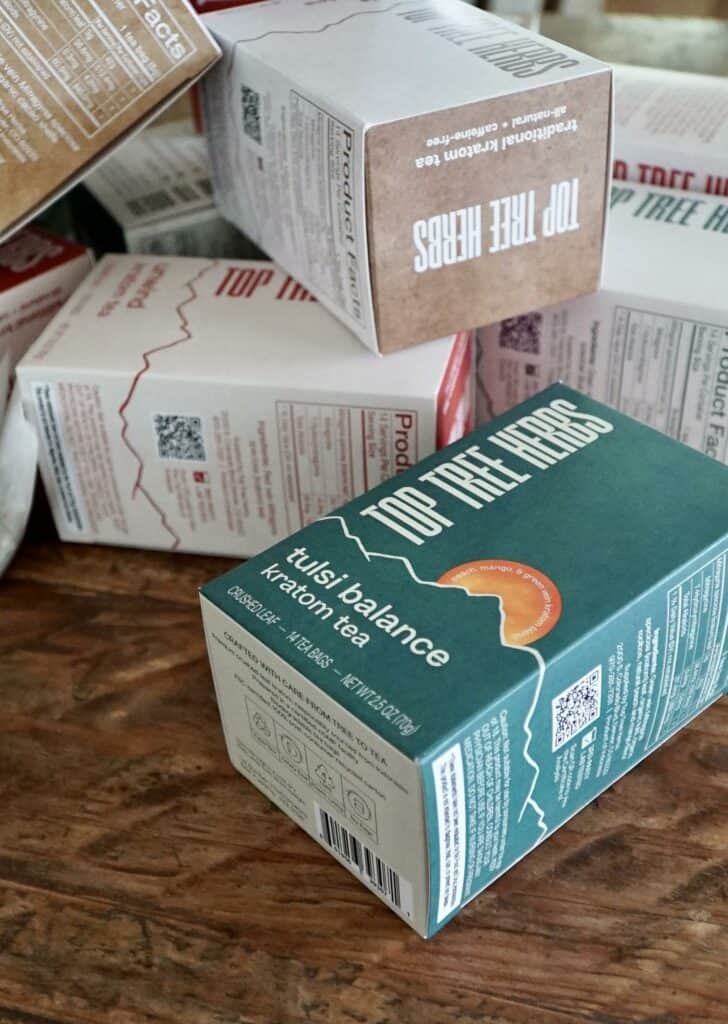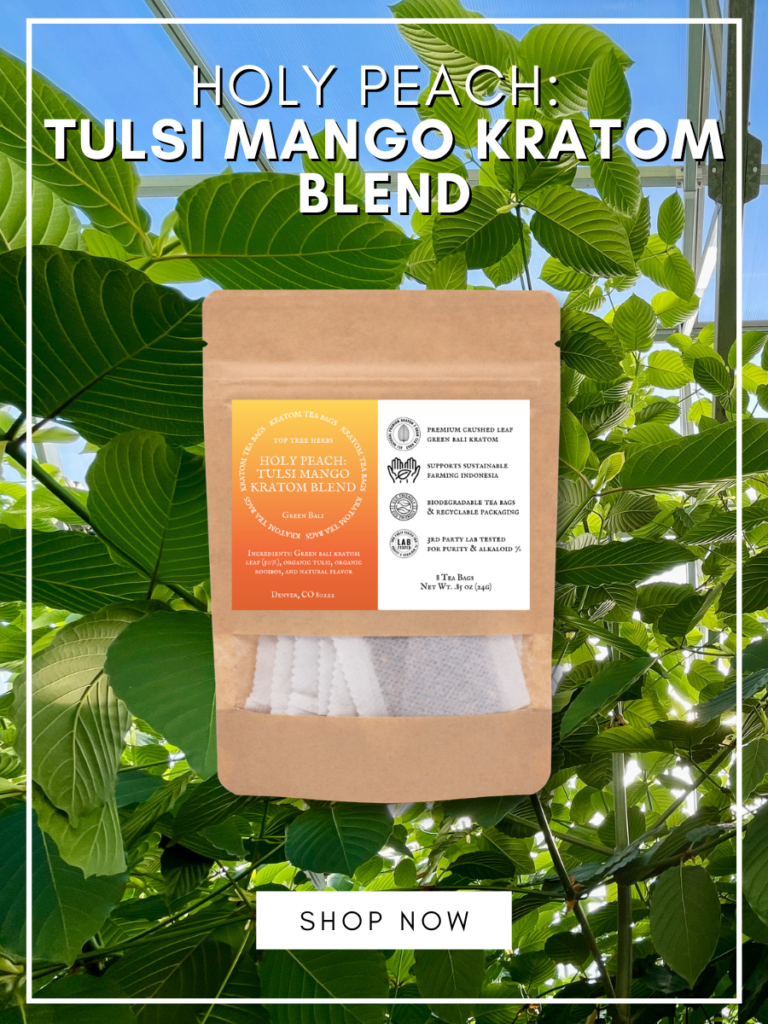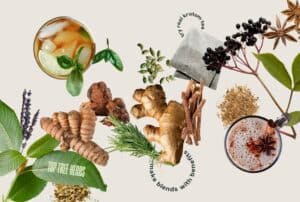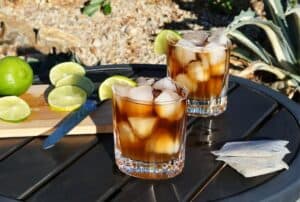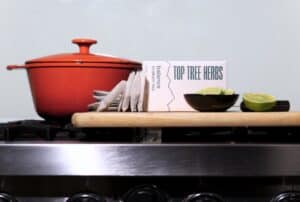Kratom Tea Flavor Guide
Many inexperienced (and some experienced) kratom consumers have complaints of their kratom having a “bitter” taste. This is a common review among the kratom community, so the question is: how do I make my kratom taste good?
This answer can be subjective as everybody’s personal tastes certainly differ. However, if you’re looking to avoid the bitter/earthy taste that some have associated with kratom, then you’re in the right place.
We aren’t referred to as The Batter Brewing Blog for nothing! Let’s dive into it, and hopefully remedy some of your kratom woes.
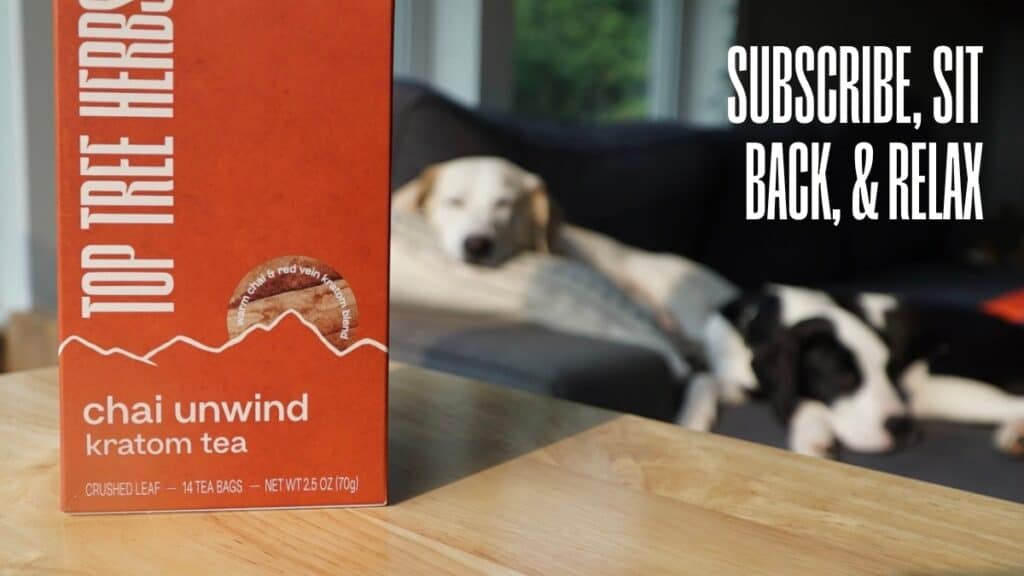
A Brief History of Kratom
As you may remember, kratom was not always sold in gas stations and head shops. So how did kratom obtain its current rise in popularity?
Well, let’s take a quick look back at the “roots” of kratom. Native to Southeastern Asia, use of the Mitragyna speciosa (kratom) plant has been around for centuries.
Some of the earliest known uses for the plant include that of a traditional medicine, as well as use of the plant in religious ceremonies and practices.
In Southeastern Asia, early farmers traditionally made use of the native plant by chewing the leaves during their respective duties. They found that by chewing the leaves of the kratom plant, they would receive an energizing boost of morale that helped to ease the toll that comes with long hours of intense labor.
Eventually, kratom made its way from the fields of Asian workers to their homes. In addition to its status as a productivity booster, kratom tea became commonplace in more of a sociocultural aspect as well. Particularly in Thailand, kratom was commonly used as a post-dinner social beverage, much like a cup of coffee here in the West.
So how did we go from a plant that has been enjoyed for centuries, to the point where consumers feel the need to find answers to their kratom taste concerns? Where did it all go wrong? We have a few ideas.
Why Does My Kratom Taste Bad?
So why does your kratom taste “bad”? Well, there are a couple of culprits that may be contributing to your taste buds’ dismay.
1. Kratom Quality
In addition to method of consumption, the overall quality of kratom you are consuming is equally important. Make sure that the kratom you buy is lab tested, and that the vendor is reputable in the kratom community. Many reputable vendors will even be American Kratom Association Certified.
If you are buying sub-par kratom from a less than reputable vendor, there’s no telling what is actually contributing to the kratom taste you’re experiencing. Vendors and processors may have stored, packaged, or handled the plant improperly which can lead to a whole host of other problems related to taste and safety.
Once you’re sure that your kratom is of acceptable quality, our other main culprit may be to blame for your dissatisfaction.
2. Kratom Preparation
To begin, how exactly are you consuming your kratom? In a slurry of raw kratom powder? Maybe kratom capsules? Or are you attempting (our favorite) method: brewing a fresh cup of kratom tea? Each way of consuming kratom has its own perceived appeal.
With kratom capsules, it’s pretty cut and dry. There’s only so much you can do to wash down a couple of raw kratom pills. This method of consumption is quick, although consumers may experience an unpleasant after taste, as well as a host of other issues (not to mention the expense).
Next comes the “toss and wash” method. Toss and wash involves the consumer taking a spoonful of kratom, dumping it in their mouth, and then washing it down with a beverage of their choice. A kratom shot with a chaser, if you will. For obvious reasons, we believe this is not the optimal way of consumption when it comes to how to make your kratom taste good.
Rather than making your kratom taste good, the toss and wash method simply attempts to mask the flavor of your kratom with one tumultuous swig.
If you’ve ever consumed a shot of tequila, you’ll know that a chaser does little to change your opinion of the drink itself. It’s a bit of a crude analogy, but we rest our case.
Next is our favorite method, brewing a cup of traditional kratom tea. With this method, we believe there is much more wiggle room when it comes to improving the flavor of kratom. We’ll leave it at that, as we have MUCH more on this in our following section.
Why Kratom Tea is Better Than Powder?
Considering that Top Tree is in fact a kratom tea company, this post has not exactly shied away from the fact that we advocate for kratom tea supremacy over other alternatives.
If you would let us, we would like to explain our justification for this belief. So, why tea?
Well, we didn’t decide to package our kratom into tea because we thought it would look cool. We believe there are several benefits for this method of consumption. Let’s take a look.
Advantages of Kratom Tea
By consuming kratom via the traditional tea method, kratom enthusiasts:
- Ditch the mess. With toss and wash, there can be a lot of raw plant material and mess to deal with. Avoid the mess by brewing a simple kratom tea. Additionally, having a consistent measure of your kratom intake is key to a consistent kratom experience.
- Avoid raw plant ingestion. Raw plant ingestion can be tough on kratom consumers’ stomachs. This may even lead to indigestion or constipation. In fact, boiling your kratom actually sterilizes the raw plant material, inherently making it a safer option. Kratom is a natural plant after all!
- Enjoy your kratom! In our humble opinion, kratom is meant to be an experience. Much like your cup of morning coffee, most would contest that a fresh cup of brew is preferable to a couple caffeine pills or a slurry of raw plant material to start your day. Kratom is one and the same.
- Learn the traditional way. While we agree this is more of an a subjective opinion, we still feel it’s worth mentioning. There’s something worthwhile about learning how to brew a traditional beverage that has been around for centuries. As the saying goes, ” You don’t need to reinvent the wheel!”
These are just a few reasons why kratom tea is worth the switch. If nothing else, we suggest you try a cup of kratom tea the traditional way at least once. If all else fails, you can always go back to taking shots of kratom if that’s what you prefer. No judgement here!
Herbal Kratom Tea Blends
Another popular way to spice up your kratom tea drinking experience is to use herbal kratom tea bags. In fact, we dare say that is the definitive answer to “how to make kratom taste good.”
An herbal kratom tea blend is half kratom, and half herbs of various flavors, purposes, and benefits. The end result is an incredible tasting kratom tea, with the added functionality of the various herbal adaptogens.
Thai Energy: Green Ashwagandha Kratom Blend
While our focus on making kratom tea taste good is one of our top priorities, we don’t let flavor get in the way of function. We’re not one to make a sweet, sugary beverage that throws health benefits by the wayside to optimize taste. We believe, as with all things, that striking a balance is crucial.
Our Thai Energy: Green Ashwagandha kratom blend is perfectly balanced. It has white thai kratom leaf, organic yerba mate leaf, organic green tea leaf, organic ashwagandha root, organic guayusa leaf, organic spearmint leaf, organic gotu kola leaf, and organic licorice root. Each ingredient has a purpose, and simultaneously imparts a fantastic flavor.
If you’re looking for a coffee alternative, give this blend a go!
Maeng Da Morning: Lemongrass Verbena Kratom Blend
Two things plague us every morning. A lingering tiredness, and bad morning breath. This wonderfully constructed morning tea blend delivers a solution to both issues with an elegant and refreshing taste.
It contains white maeng da kratom leaf, organic lemon peel, organic lemongrass, organic lemon verbena and organic chamomile. All together, this is the answer to “How to make kratom taste good”!
Holy Peach: Tulsi Mango Kratom Blend
Again, we lean on the storied Indian sub-continent for our herbal blend inspiration. Green bali kratom leaf, organic tulsi, organic rooibos, and natural flavor are mixed perfectly together to create a powerhouse of health benefits.
When we first tried our kratom tea with holy basil (i.e. tulsi) we were shocked by how well the flavors complemented each other and made an entirely unique experience.
Trust us, this herbal tea blend is mouth watering good!
Borneo Berry Bliss: Floral Kratom Herbal Blend
Our noses have a strong effect on how something tastes to us. With that in mind, prepare to taste a field of wildflowers and berry delights in this fresh new blend.
With white borneo kratom leaf, organic rosehip, organic rooibos, organic chamomile, organic hibiscus and natural flavor, this tea blend has an A+ aroma.
Noted for containing high antioxidant ingredients, our berry bliss blend should be top of mind for any health-first kratom consumers.
Bali Balance: Turmeric Ginger Kratom Blend
Herbal tea blends are ancient. Cultures throughout the world have taken their local herbs and perfected refreshing and functional beverages from them. In this blend, we’ve tapped into the age old art of Ayurveda.
With red bali kratom leaf, organic turmeric root, organic ginger root, organic peppermint, organic cinnamon, organic amalaki, organic oregano, organic rosemary and organic black pepper, you’ll be tasting the finest herbs India has to offer.
Of course, nothing would be quite as delicious without a purpose. We recommend this herbal tea blend after any strenuous bouts of physical activity. And like all the rest, this tea satisfies the question which brings us to this blog today,”how to make kratom taste good,” with flying colors.
Red Relaxation: Chamomile Kola Kratom Blend
No one wants to fall asleep with a bad taste in their mouth. If you like to drink kratom tea before falling to sleep (and many people do) try our Red Relaxation blend for a mouthful of lullabies.
Containing the finest blend of red maeng da kratom leaf, organic chamomile flower, organic gotu kola leaf, organic orange peel, organic licorice root, organic cinnamon bark, organic cardamom seed and organic lavender flower, you’ll be dreaming of this flavor all night long!
Lavender Malay: Earl Gray Kratom Blend
Sometimes, all you want is the classics. We’ve paired super green malay kratom leaf, organic black tea, organic lavender flowers and natural oil of bergamot to bring you the nostalgia of earl grey with delicious kratom tea.
Definitely on the bitter end of the spectrum, this tea is perfect for any die hard tea drinker who wants to try something other than caffeine by itself.
Sweet Dragon: Honeybush Kratom Blend
Finally, we have our most simply, yet sweetest, kratom herbal tea blend. This tea is for everyone who thought there would be no good answer to “how to make kratom taste good”!
Finally, your questions have been answered! Only red dragon kratom leaf and organic green honeybush are in each tea bag. No sugar required, this tea is good enough to bring honey-hungry bears to your front porch!
How to Brew the Best Tasting Kratom Tea
So, on to our favorite way to get your kratom tasting better. Brewing a traditional kratom tea.
While there is no one concrete combination of ingredients that constitute a “traditional kratom tea”, we do have a relatively simple traditional brew that consumers have enjoyed throughout history.
The best part is, you’ll need just 4 items to do so!
- A thermos
- A kratom tea bag of your choice (can be a blend or raw)
- Boiling water
- Lemon juice, or lime if you prefer. Lemon (or lime) juice is an acid that helps in the extraction of active alkaloids found in the leaf.
To begin simply place your preferred kratom tea bag in the bottom of your thermos. Add in your lemon (or lime) juice and stir a few times until it has soaked into your kratom tea bag. Then, add your boiling water to the thermos. Let the tea steep for about 20 minutes and then cool to temperature preference.
That’s it! You’ve made yourself a cup of traditional kratom tea! For added flavor, consider checking out some flavored tea options to really give your brew a boost. Natural flavors like passion fruit and citrus often pair well with kratom’s natural taste.
(For complete brewing instructions, check out our 2022 Brewing Guide here)
Final Word: How to Make Kratom Taste Good
Thanks for tuning into another post from the crew here at The Better Brewing Blog! For a quick synopsis on how to make your kratom taste good, let’s review.
For starters, we sincerely recommend brewing a traditional kratom tea. It’s the tried and true method that has been around for centuries. In addition, you’ll want to work with the natural flavor of the kratom leaf rather than against it. Opting for a few squeezes of a fresh lemon is always a great option and will improve the quality of your brew.
Avoid ingesting pills or raw kratom powder. While they may have some of the desirable traits of kratom, there may be some unintended drawbacks to these methods of consumption.
Beyond that, there is an array of wonderful natural flavors that can help make your experience with kratom tea an enjoyable one. It never hurts to branch out and try a new blend, you may just find your “cup of tea” . Bad joke, we apologize in advance.
So in short, we recommend that kratom enthusiasts take things back to the basics. While our brewing guide is a great guideline for a traditional tasty kratom tea, feel free to get creative! With so many blends and flavors out there, you’re bound to find a suitable brew.
That’s all for for this edition of the Better Brewing Blog. Thanks for reading and as always– Cheers to better brewing!
![[Not Used Yet] Chamomile Herbal Tea Blog Graphic [Not Used Yet] Chamomile Herbal Tea Blog Graphic](https://toptreeherbs.com/wp-content/uploads/elementor/thumbs/Not-Used-Yet-Chamomile-Herbal-Tea-Blog-Graphic-pyi2lvvjhn9lth9xoqzts789af2l4u2sp0nhd3b1pa.png)
